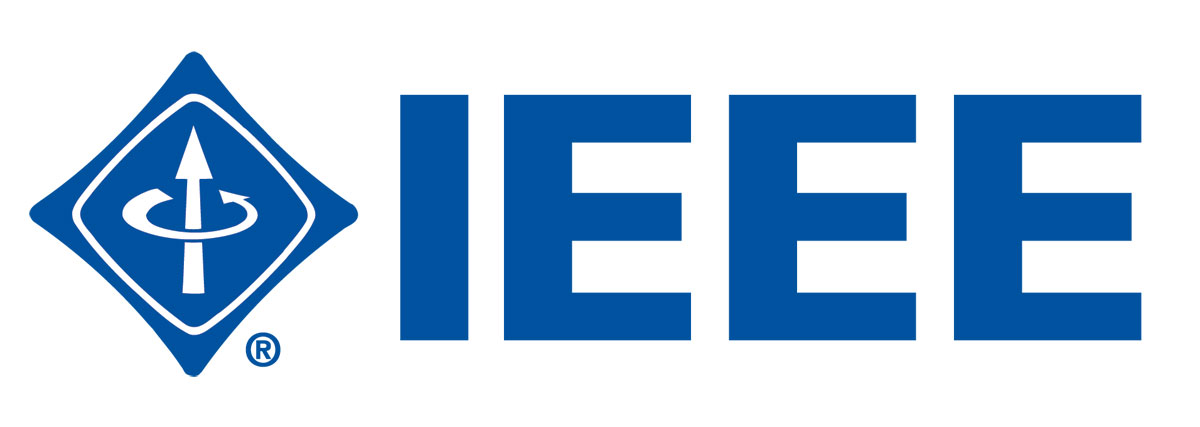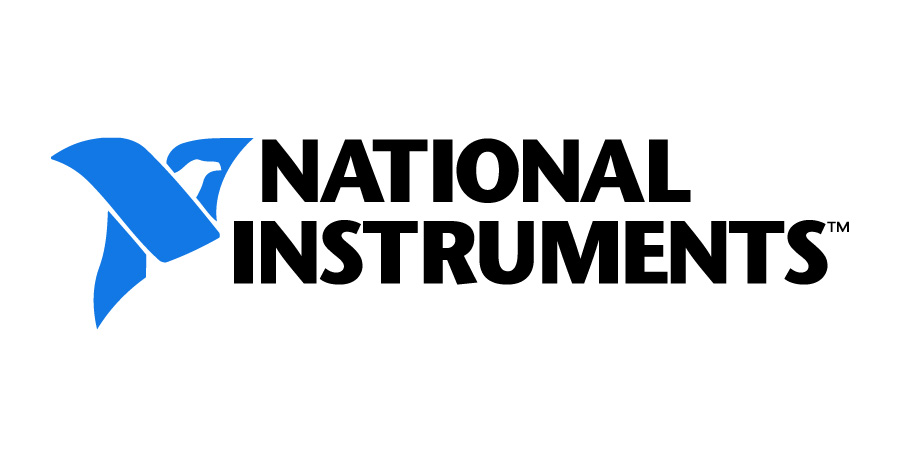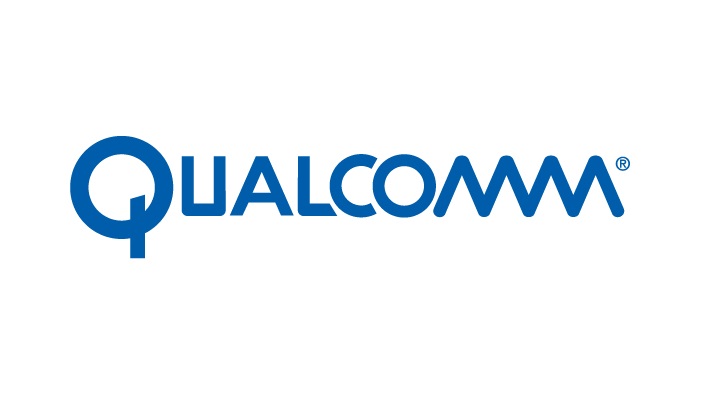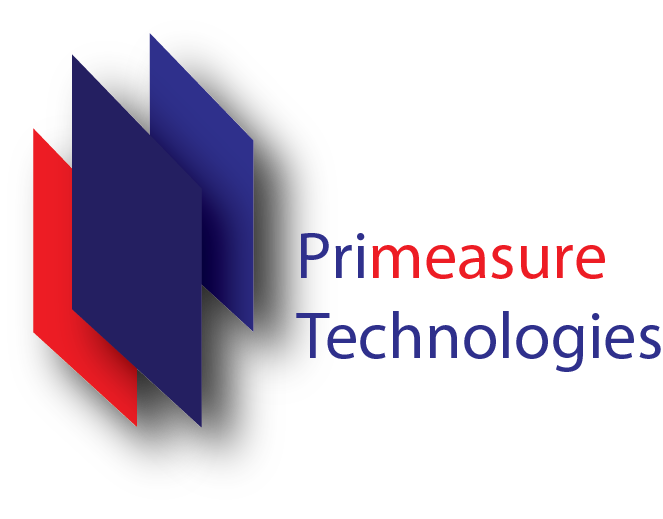















Title: Microphone Array Processing for Speech Enhancement and Source Separation Slides References
Title: Millimeter-wave Circuit and System Design Slides
Abstract: The 2000s saw the birth of silicon-based millimeter-wave circuits and systems for short-range high-data-rate wireless personal area networks at 60GHz. More recently, interest in millimeter-waves has renewed and exploded due to the interest in vehicular radar and the prospects of millimeter-waves for the next generation of cellular networks (the so-called "5G"). This tutorial will cover circuit and system design at millimeter-waves in silicon-based processes.
Title: IEEE 802.11ax; Next Gen. High-efficiency WLANs
Abstract: Wi-Fi has made tremendous strides over the past 10 years based on the evolution of IEEE 802.11 standards. Important technologies like OFDM and MIMO have been introduced to the wireless world by 802.11 standards. Impressive growths in rates, features, and ease of use have made Wi-Fi a must across the globe. In this tutorial, we shall start with the motivation for the next generation of standards called as 802.11ax. These include drawbacks in the older generation, competition from LTE-unlicensed and demands of service providers. We will then discuss important technologies being considered and the justifications behind them. Potential research topics and areas for contributions will be highlighted. We will end with a summary of timelines for various wireless standards.
Title: LIFI, Mirrors and Wireless Communications Slides
Title: Deep Learning Slides
Abstract: In this tutorial we will look at a brief history of Deep Learning starting from early 19th century all the way upto very recent success stories.
We will then delve deep into the training algorithms used for Deep Learning such as Gradient Descent, Momentum Based Gradient Descent,
Adam, AdaGrad and their variations. We will then discuss some practical tips for training deep neural networks focusing on different
activation functions, weight initialization strategies and regularization methods. If time permits we will talk about some of the
recent successes of Deep Convolution Networks in various Image Processing Tasks.
Title: Spatial Multiplexing in Multimode Fiber Links Slides
Abstract: With the increasing bandwidth requirements in optical fiber links, the conventional techniques, conventional techniques for increasing the data rate have diminshing returns. Recent research has shown that the use of multimode fibers to send multiple signals through a single fiber is a promising approach to increasing the data rates. Using the fact that the multiplicity of modes in the fiber provide orthogonal channels within the same fiber, we will discuss some of the approaches that can be used to send several signals through the same fiber, much like the multiple-input multiple-output (MIMO) transmission in wireless channels. Some of the topics that we intend covering include the use of large-core and few-mode fibers, offset coupling to enhance fiber bandwidth and the use of signal processing to for signal quality enhancement.
Bio: Kumar Appaiah received the B.Tech. and M.Tech. in Electrical Engineering from the Indian Institute of Technology Madras, India in 2008, and the Ph.D. in Electrical and Computer Engineering at the University of Texas at Austin, Austin, TX, USA. From 2013 to 2014, he was a Senior Engineer with Qualcomm Flarion Technologies, Bridgewater, NJ, USA. Since 2014, he has been an Assitant Professor of Electrical Engineering in IIT Bombay, Mumbai. His research interests include signal processing for optical communication and multiplexing in wireless and fiber optic communication systems.
Title: Computational Electromagnetics and Remote Sensing Slides
Amod Anandkumar
Tabrez Khan
Title: Hands-On Tutorial – Prototyping MATLAB & Simulink models on DSPs, FPGAs, and SDRs
Abstract: The development of signal processing, communications, and computer vision systems can be a time-consuming and costly undertaking, with a significant proportion of the effort invested in hardware implementation and verification. MATLAB and Simulink provide an integrated design flow from algorithm design to implementation on embedded hardware using automatic C and HDL code generation. This hands-on tutorial provides an introduction to the workflows for C & HDL code generation from MATLAB algorithms and Simulink models for prototyping on DSPs, FPGAs and SDRs. Participants will be provided trial licenses for MATLAB and relevant products prior to the event.
Bios: